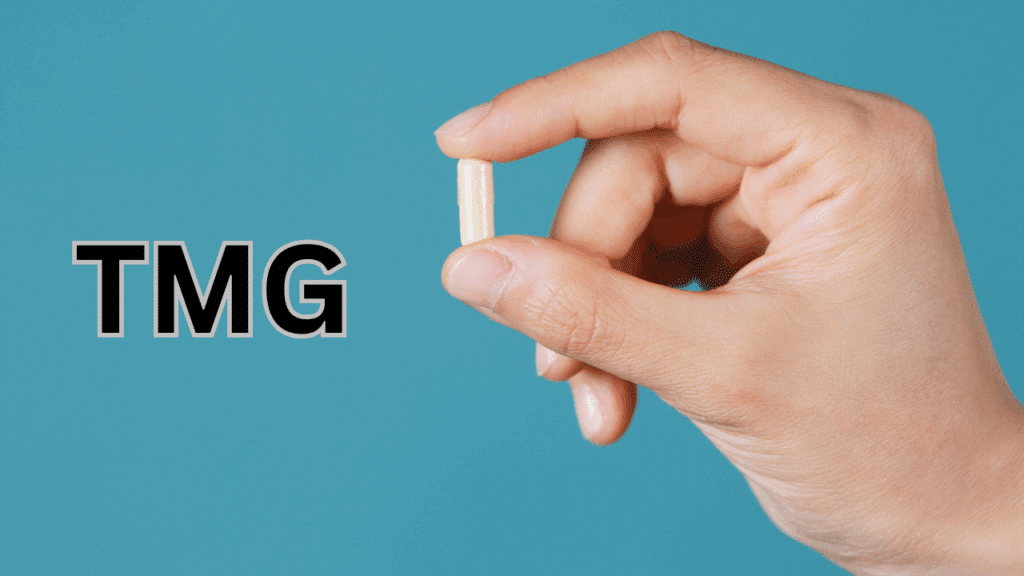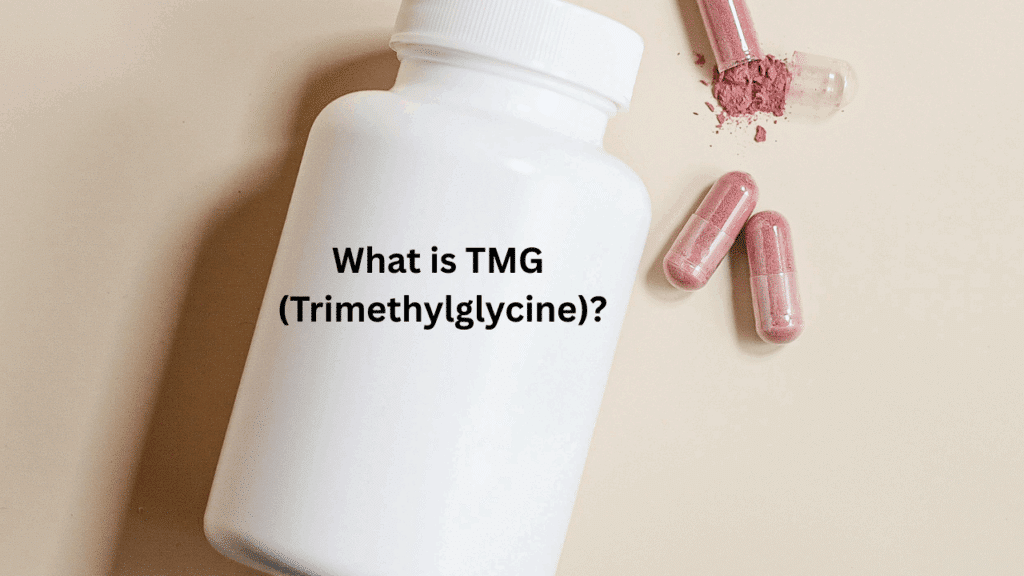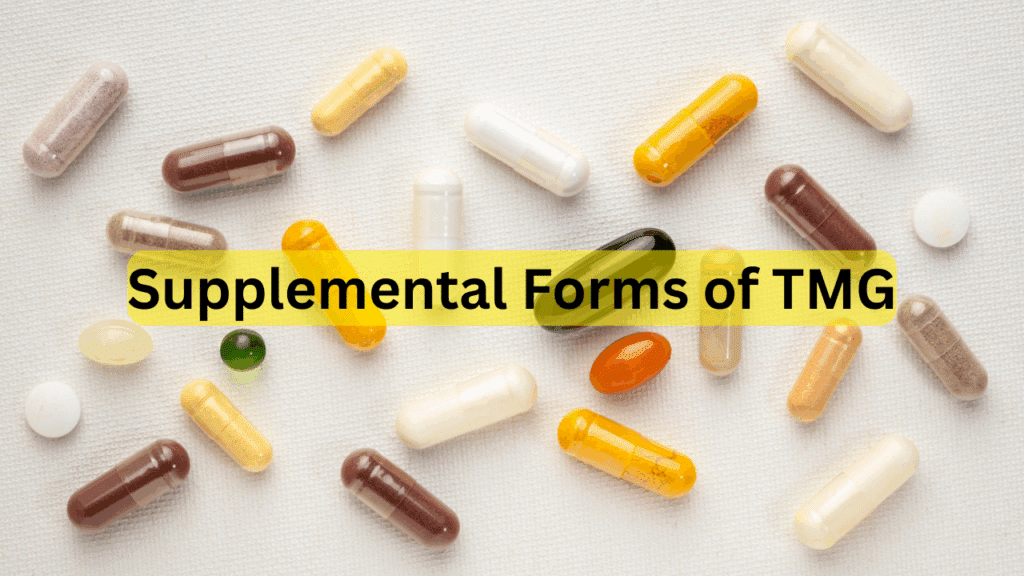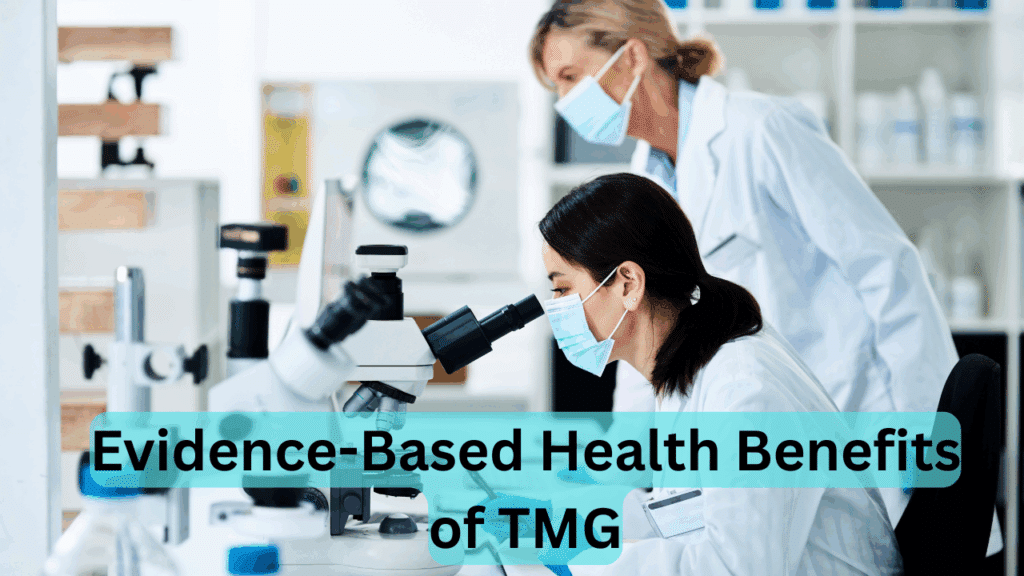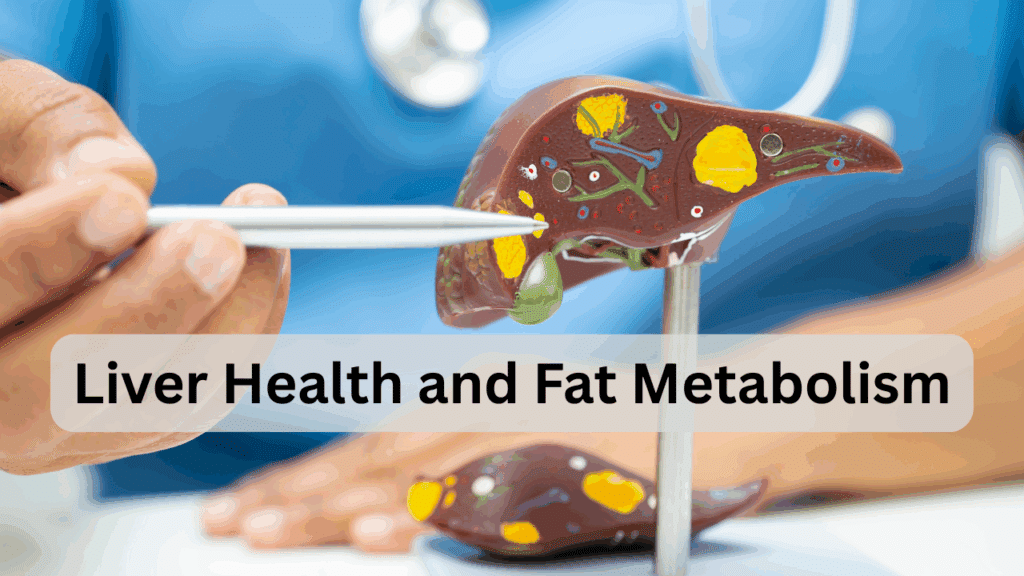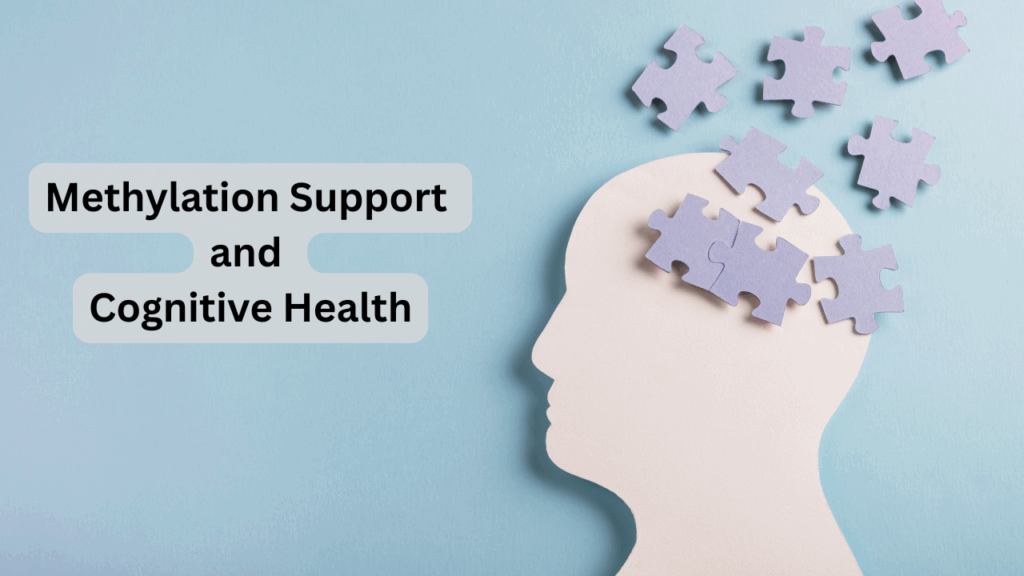- https://pmc.ncbi.nlm.nih.gov/articles/PMC8224793/#:~:text=,Due%20to%20its%20essential%20biochemical
- https://pmc.ncbi.nlm.nih.gov/articles/PMC8224793/#:~:text=Structure%20of%20betaine
- https://pmc.ncbi.nlm.nih.gov/articles/PMC8224793/#:~:text=,Due%20to%20its%20essential%20biochemical
- https://pmc.ncbi.nlm.nih.gov/articles/PMC8224793/#:~:text=,Due%20to%20its%20essential%20biochemical
- https://pmc.ncbi.nlm.nih.gov/articles/PMC8224793/#:~:text=other%20food%20sources%20including%20wheat,6
- https://pmc.ncbi.nlm.nih.gov/articles/PMC8224793/#:~:text=Betaine%20mainly%20functions%20as%20,the%20most%20effective%20osmolyte%20studied
- https://pmc.ncbi.nlm.nih.gov/articles/PMC8224793/#:~:text=Because%20it%20possesses%20N%2B%20and,almost%20a%20complete%20monolayer%20of
- https://pmc.ncbi.nlm.nih.gov/articles/PMC8224793/#:~:text=particularly%20relevant%20in%20the%20kidney,the%20betaine%20transporter%20are%20significantly
- https://pmc.ncbi.nlm.nih.gov/articles/PMC8224793/#:~:text=Structure%20of%20betaine
- https://pmc.ncbi.nlm.nih.gov/articles/PMC8224793/#:~:text=Structure%20of%20betaine
- https://pmc.ncbi.nlm.nih.gov/articles/PMC8224793/#:~:text=Betaine%20is%20a%20short,Betaine%20consumed
- https://pmc.ncbi.nlm.nih.gov/articles/PMC8224793/#:~:text=,Due%20to%20its%20essential%20biochemical
- https://pmc.ncbi.nlm.nih.gov/articles/PMC8224793/#:~:text=,Due%20to%20its%20essential%20biochemical
- https://pmc.ncbi.nlm.nih.gov/articles/PMC8224793/#:~:text=Betaine%20is%20a%20short,Betaine%20consumed
- https://pmc.ncbi.nlm.nih.gov/articles/PMC8224793/#:~:text=other%20food%20sources%20including%20wheat,6
- https://pmc.ncbi.nlm.nih.gov/articles/PMC8224793/#:~:text=other%20food%20sources%20including%20wheat,6
- https://pmc.ncbi.nlm.nih.gov/articles/PMC8224793/#:~:text=Dietary%20betaine%20is%20thought%20to,4%20%2C%2032
- https://pmc.ncbi.nlm.nih.gov/articles/PMC6419445/#:~:text=treated%20with%20betaine%20anhydrous%20for,bad%20taste%20and%20headache
- https://pmc.ncbi.nlm.nih.gov/articles/PMC8224793/#:~:text=protects%20against%20the%20development%20of,oxidant%20stress%2C%20endoplasmic%20reticulum%20stress
- https://pmc.ncbi.nlm.nih.gov/articles/PMC8224793/#:~:text=both%20alcohol,myocardial%20function%2C%20and%20prevents%20pancreatic
- https://pmc.ncbi.nlm.nih.gov/articles/PMC8224793/#:~:text=significantly%20prevent%2Fattenuate%20progressive%20liver%20injury,oxidant%20stress%2C%20endoplasmic%20reticulum%20stress
- https://pubmed.ncbi.nlm.nih.gov/19824078/#:~:text=Based%20on%20animal%20studies%20and,underwent
- https://pubmed.ncbi.nlm.nih.gov/19824078/#:~:text=Conclusion%3A%20%20Compared%20to%20placebo%2C,translating%20novel%20therapeutic%20options%20noted
- https://pubmed.ncbi.nlm.nih.gov/19824078/#:~:text=posttreatment%20liver%20biopsy,not%20reduced%20by%20betaine%20therapy
- https://www.wjgnet.com/1007-9327/full/v26/i38/5745.htm#:~:text=Role%20of%20betaine%20in%20liver,tolerability%20and%20mechanism%20of%20action
- https://pmc.ncbi.nlm.nih.gov/articles/PMC8224793/#:~:text=protects%20against%20the%20development%20of,oxidant%20stress%2C%20endoplasmic%20reticulum%20stress
- https://pmc.ncbi.nlm.nih.gov/articles/PMC8224793/#:~:text=protects%20against%20the%20development%20of,oxidant%20stress%2C%20endoplasmic%20reticulum%20stress
- https://pmc.ncbi.nlm.nih.gov/articles/PMC8224793/#:~:text=associated%20fatty%20liver%20disease%20and,To%20conclude%2C%20betaine%20exerts%20significant
- https://www.wjgnet.com/1007-9327/full/v26/i38/5745.htm#:~:text=Role%20of%20betaine%20in%20liver,tolerability%20and%20mechanism%20of%20action
- https://pmc.ncbi.nlm.nih.gov/articles/PMC8224793/#:~:text=apoptosis%2C%20and%20accumulation%20of%20damaged,To%20conclude%2C%20betaine%20exerts%20significant
- https://pmc.ncbi.nlm.nih.gov/articles/PMC8224793/#:~:text=whole,metabolism%20through%20removing%20homocysteine%20and
- https://www.sciencedirect.com/science/article/pii/S0022316622158530#:~:text=,20
- https://www.sciencedirect.com/science/article/pii/S0022316622158530#:~:text=,20
- https://pmc.ncbi.nlm.nih.gov/articles/PMC6419445/#:~:text=treated%20with%20betaine%20anhydrous%20for,bad%20taste%20and%20headache
- https://journals.plos.org/plosmedicine/article?id=10.1371/journal.pmed.0020135#:~:text=studies%20and%20calculated%20a%20weighted,Phosphatidylcholine
- https://journals.plos.org/plosmedicine/article?id=10.1371/journal.pmed.0020135#:~:text=studies%20and%20calculated%20a%20weighted,Phosphatidylcholine
- https://journals.plos.org/plosmedicine/article?id=10.1371/journal.pmed.0020135#:~:text=LDL%20cholesterol%20concentrations%20by%200,21%29%2C%20but%20did%20not%20affect
- https://journals.plos.org/plosmedicine/article?id=10.1371/journal.pmed.0020135#:~:text=Conclusions
- https://journals.plos.org/plosmedicine/article?id=10.1371/journal.pmed.0020135#:~:text=LDL%20cholesterol%20concentrations%20by%200,21%29%2C%20but%20did%20not%20affect
- https://pmc.ncbi.nlm.nih.gov/articles/PMC7009864/#:~:text=platelet%20counts%20were%20noted%20in,NF%20is%20safe%20to%20be
- https://pmc.ncbi.nlm.nih.gov/articles/PMC7009864/#:~:text=platelet%20counts%20were%20noted%20in,NF%20is%20safe%20to%20be
- https://www.mdpi.com/2227-9032/12/8/819#:~:text=Consistently%2C%20higher%20betaine%2Fcholine%20intake%20was,lowering%20inflammation%20and%20homocysteine%20levels
- https://www.mdpi.com/2227-9032/12/8/819#:~:text=Consistently%2C%20higher%20betaine%2Fcholine%20intake%20was,lowering%20inflammation%20and%20homocysteine%20levels
- https://nutraceuticalsgroup.com/uk/full-list-of-efsa-health-claims#:~:text=Group%20nutraceuticalsgroup,of%20betaine%20per%20quantified
- https://pmc.ncbi.nlm.nih.gov/articles/PMC7048942/#:~:text=L,containing%20monooxygenase%203%3B%20Cyp%3A%20cytochrome
- https://pmc.ncbi.nlm.nih.gov/articles/PMC7048942/#:~:text=of%20TMAO%20in%20plasma%20and,Levels%20of%20TMAO
- https://www.sciencedirect.com/science/article/pii/S0753332224009156#:~:text=The%20gut%20microbiota%20derived%20metabolite,choline%20diet%2C
- https://pmc.ncbi.nlm.nih.gov/articles/PMC7048942/#:~:text=match%20at%20L581%20showed%20that,mouse%20model%20and%20housing%20conditions
- https://pmc.ncbi.nlm.nih.gov/articles/PMC2651845/#:~:text=Effect%20of%20betaine%20supplementation%20on,workout%20by%20increasing%20the
- https://www.sciencedirect.com/science/article/abs/pii/B9780128139226000606#:~:text=,and%20improve%20body%20composition
- https://jissn.biomedcentral.com/articles/10.1186/s12970-021-00464-y#:~:text=14,during%20a%20competitive%20soccer%20season
- https://jissn.biomedcentral.com/articles/10.1186/s12970-021-00464-y#:~:text=Significant%20%28p%20,RAST%20that%20favored%20the%20BG
- https://www.sciencedirect.com/science/article/abs/pii/B9780128139226000606#:~:text=,and%20improve%20body%20composition
- https://pmc.ncbi.nlm.nih.gov/articles/PMC9404903/#:~:text=,the%20participants%20in%20those
- https://www.sciencedirect.com/science/article/abs/pii/B9780128139226000606#:~:text=,and%20improve%20body%20composition
- https://jissn.biomedcentral.com/articles/10.1186/s12970-021-00464-y#:~:text=Various%20nutritional%20strategies%20are%20adopted,in%20young%20professional%20soccer%20players
- https://jissn.biomedcentral.com/articles/10.1186/s12970-021-00464-y#:~:text=14,during%20a%20competitive%20soccer%20season
- https://pmc.ncbi.nlm.nih.gov/articles/PMC8224793/#:~:text=protects%20against%20the%20development%20of,oxidant%20stress%2C%20endoplasmic%20reticulum%20stress
- https://pmc.ncbi.nlm.nih.gov/articles/PMC8224793/#:~:text=with%20the%20regulation%20of%20methionine,oxidant%20stress%2C%20endoplasmic%20reticulum%20stress
- https://pmc.ncbi.nlm.nih.gov/articles/PMC8224793/#:~:text=with%20the%20regulation%20of%20methionine,oxidant%20stress%2C%20endoplasmic%20reticulum%20stress
- https://nutritionandmetabolism.biomedcentral.com/articles/10.1186/s12986-023-00755-y#:~:text=,9%2C10%2C11
- https://www.sciencedirect.com/science/article/abs/pii/B9780128139226000606#:~:text=,and%20improve%20body%20composition
- https://pmc.ncbi.nlm.nih.gov/articles/PMC2993168/#:~:text=resistant%20and%20then%20studied%20with,Betaine%20also%20reverses%20hepatic
- https://pmc.ncbi.nlm.nih.gov/articles/PMC2993168/#:~:text=resistant%20and%20then%20studied%20with,Betaine%20also%20reverses%20hepatic
- https://www.frontiersin.org/journals/nutrition/articles/10.3389/fnut.2024.1409972/full#:~:text=Betaine%20for%20the%20prevention%20and,and%20the%20relatively%20small
- https://pmc.ncbi.nlm.nih.gov/articles/PMC8224793/#:~:text=with%20the%20regulation%20of%20methionine,oxidant%20stress%2C%20endoplasmic%20reticulum%20stress
- https://www.aetna.com/products/rxnonmedicare/data/2025%20commercial/betaine-Cystadane_2988-A_SGM_P2024.html#:~:text=Subject%3A%20betaine,treatment%20of%20homocystinuria%20to
- https://pmc.ncbi.nlm.nih.gov/articles/PMC6419445/#:~:text=the%20first%20and%20last%20visits,with%20no%20major%20safety%20concerns
- https://pubmed.ncbi.nlm.nih.gov/19824078/#:~:text=posttreatment%20liver%20biopsy,not%20reduced%20by%20betaine%20therapy
- https://pmc.ncbi.nlm.nih.gov/articles/PMC8224793/#:~:text=liver,In%20addition%2C%20betaine%20has%20a
- https://pmc.ncbi.nlm.nih.gov/articles/PMC8224793/#:~:text=both%20alcohol,myocardial%20function%2C%20and%20prevents%20pancreatic
- https://pmc.ncbi.nlm.nih.gov/articles/PMC8224793/#:~:text=associated%20fatty%20liver%20disease%20and,To%20conclude%2C%20betaine%20exerts%20significant
- https://pmc.ncbi.nlm.nih.gov/articles/PMC6717232/#:~:text=Betaine%20suppresses%20cell%20proliferation%20by,oncogenes
- https://pmc.ncbi.nlm.nih.gov/articles/PMC6717232/#:~:text=Betaine%20suppresses%20cell%20proliferation%20by,oncogenes
- https://nutritionandmetabolism.biomedcentral.com/articles/10.1186/s12986-023-00755-y#:~:text=,9%2C10%2C11
- https://pmc.ncbi.nlm.nih.gov/articles/PMC6419445/#:~:text=the%20first%20and%20last%20visits,tolerated%20with%20no%20major%20safety
- https://pmc.ncbi.nlm.nih.gov/articles/PMC7048942/#:~:text=,AS%20by%20means%20of
- https://www.choline-betaine.com/product-item/betaine-anhydrous/#:~:text=
- https://nutritionandmetabolism.biomedcentral.com/articles/10.1186/s12986-023-00755-y#:~:text=,9%2C10%2C11
- https://pmc.ncbi.nlm.nih.gov/articles/PMC6717232/#:~:text=Betaine%20suppresses%20cell%20proliferation%20by,oncogenes
- https://journals.plos.org/plosmedicine/article?id=10.1371/journal.pmed.0020135#:~:text=Conclusions
- https://pmc.ncbi.nlm.nih.gov/articles/PMC7009864/#:~:text=platelet%20counts%20were%20noted%20in,NF%20is%20safe%20to%20be
- https://pmc.ncbi.nlm.nih.gov/articles/PMC7009864/#:~:text=platelet%20counts%20were%20noted%20in,NF%20is%20safe%20to%20be
- https://www.mdpi.com/2227-9032/12/8/819#:~:text=Consistently%2C%20higher%20betaine%2Fcholine%20intake%20was,lowering%20inflammation%20and%20homocysteine%20levels
- https://pmc.ncbi.nlm.nih.gov/articles/PMC7009864/#:~:text=The%20available%20data%20indicate%20that%2C,are%20excreted%20in%20the%20urine
- https://www.sciencedirect.com/science/article/pii/S0022316622158530#:~:text=,20
- https://pmc.ncbi.nlm.nih.gov/articles/PMC7009864/#:~:text=platelet%20counts%20were%20noted%20in,NF%20is%20safe%20to%20be
- https://jissn.biomedcentral.com/articles/10.1186/s12970-021-00464-y#:~:text=by%20position%20and%20randomly%20assigned,match%20and%20five%20training%20sessions
- https://pmc.ncbi.nlm.nih.gov/articles/PMC6419445/#:~:text=treated%20with%20betaine%20anhydrous%20for,bad%20taste%20and%20headache
- https://www.choline-betaine.com/product-item/betaine-anhydrous/#:~:text=
- https://www.choline-betaine.com/product-item/betaine-anhydrous/#:~:text=,Approved%20as%20a%20natural%20food
- https://www.nutraingredients-usa.com/Article/2010/08/06/Danisco-gains-more-proof-for-betaine-s-sports-benefits/#:~:text=Danisco%20gains%20more%20proof%20for,does%20not%20currently%20have
- https://www.accessdata.fda.gov/scripts/opdlisting/oopd/detailedIndex.cfm?cfgridkey=81794#:~:text=Search%20Orphan%20Drug%20Designations%20and,decrease%20elevated%20homocysteine%20blood%20levels
- https://nutraceuticalsgroup.com/uk/full-list-of-efsa-health-claims#:~:text=Group%20nutraceuticalsgroup,of%20betaine%20per%20quantified
- https://nutraceuticalsgroup.com/uk/full-list-of-efsa-health-claims#:~:text=Group%20nutraceuticalsgroup,of%20betaine%20per%20quantified
- https://pmc.ncbi.nlm.nih.gov/articles/PMC7009864/#:~:text=proposed%20intake%20of%202,for%20adults
- https://pmc.ncbi.nlm.nih.gov/articles/PMC7009864/#:~:text=healthy%20subjects%2C%20nor%20at%20intakes,day%20in%20the%20target%20population
- https://pmc.ncbi.nlm.nih.gov/articles/PMC7009864/#:~:text=However%2C%20the%20total%20exposure%20to,factor%20of%2010%20to%20account
- https://pmc.ncbi.nlm.nih.gov/articles/PMC7009864/#:~:text=applicant%20is%20sports%20people%20above,for%20adults
- https://www.choline-betaine.com/product-item/betaine-anhydrous/#:~:text=,Approved%20as%20a%20natural%20food
- https://journals.plos.org/plosmedicine/article?id=10.1371/journal.pmed.0020135#:~:text=Conclusions
- https://www.mdpi.com/2227-9032/12/8/819#:~:text=Consistently%2C%20higher%20betaine%2Fcholine%20intake%20was,lowering%20inflammation%20and%20homocysteine%20levels
- https://jissn.biomedcentral.com/articles/10.1186/s12970-021-00464-y#:~:text=14,during%20a%20competitive%20soccer%20season
- https://nutraceuticalsgroup.com/uk/full-list-of-efsa-health-claims#:~:text=Group%20nutraceuticalsgroup,of%20betaine%20per%20quantified
×
Why Choose to Autoship?
- Automatically re-order your favorite products on your schedule.
- Easily change the products or shipping date for your upcoming Scheduled Orders.
- Pause or cancel any time.
